Tutorial #2 - How to connect the lamp holder?
- 13 Feb, 2015
- Assembly Instructions
- 0 Comments
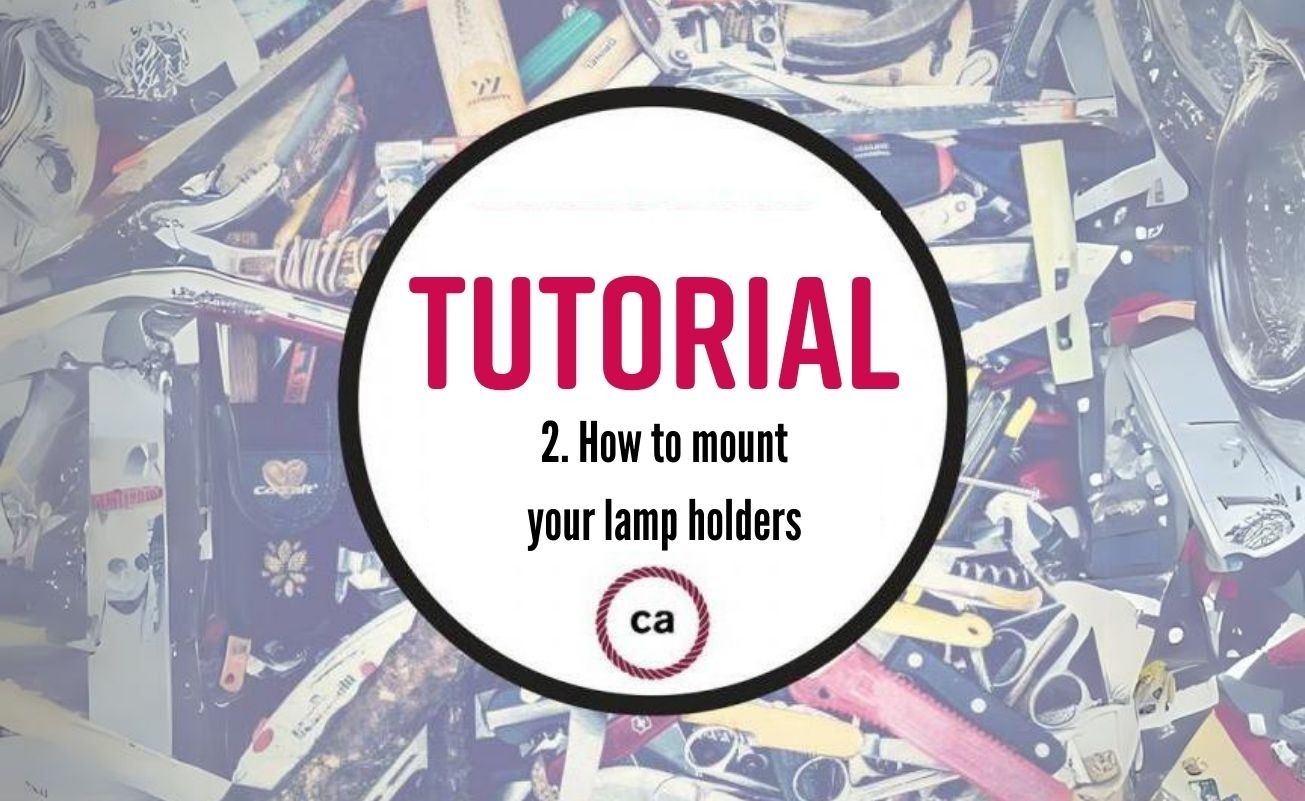
In the last month we have introduced many new products and new ideas in our catalog to allow you to develop your interior design projects even more and better! New textile cables, in many different finishes and patterns, new LED bulbs, and many new lampshades, with various designs and shapes: there is really something for everyone!
We have not forgotten about our tutorials, and today we propose a new one, related to the object that connects all the elements of your lamp: cable, lampshade, and light bulb, in fact, they all must be connected to the lamp holder
For our guide today, we will refer to a lamp holder with a threaded body and 2 rings, made of thermoplastic material, which you can find, together with many others, in our store.
To perform this operation, it will be sufficient to lift the metal tab inside it with the help of a screwdriver, until it has passed the plastic block on the lamp holder body: easy, right? We remind you to carry out all these operations STRICTLY WITH THE ELECTRIC CURRENT OFF, for your safety.
At this point, unscrew the cable clamp and proceed to insert the electrical cable, which we have previously stripped (if you don't remember how to do it, you can review it with our guide on how to strip textile cables!), into the two contacts.
Reposition the contacts in the back of the lamp holder, being careful to make the anti-loosening mechanism snap to ensure that the components are well closed and firm, rotating the contact block in the opposite direction to that which previously served to unlock the lamp holder.
All clear? Did you manage it, or did you have any problems? Write to us in the comments, and let us know what tutorials you would like to see in the future!
You must be logged in to post comments
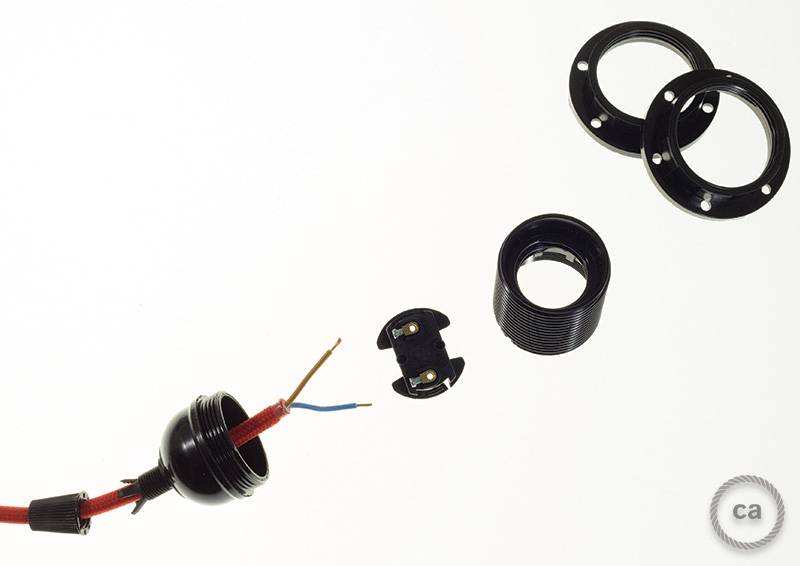
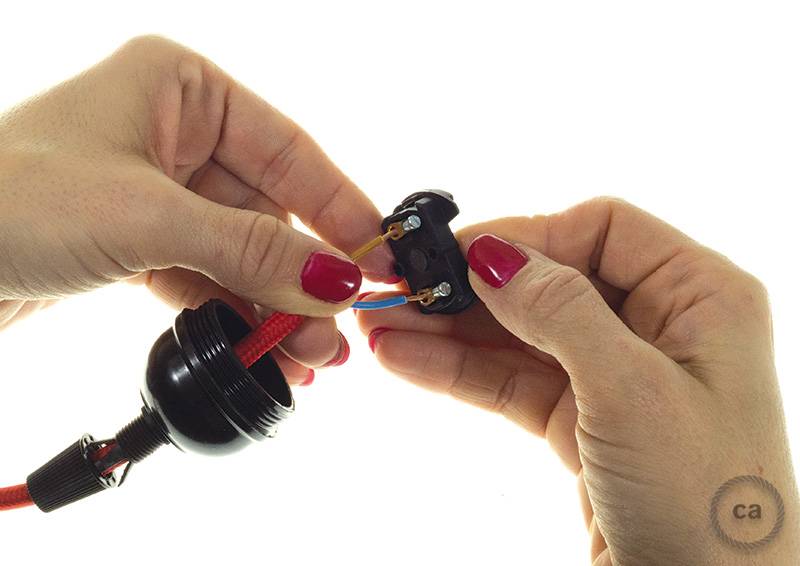
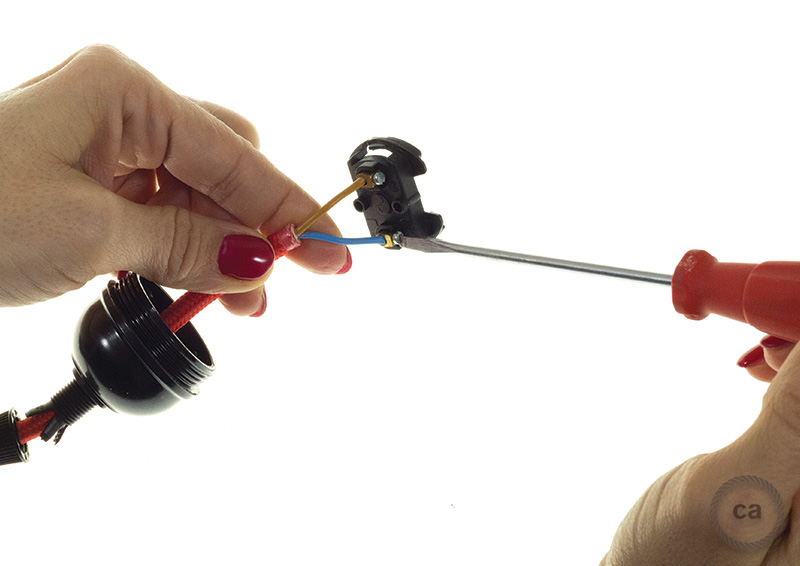
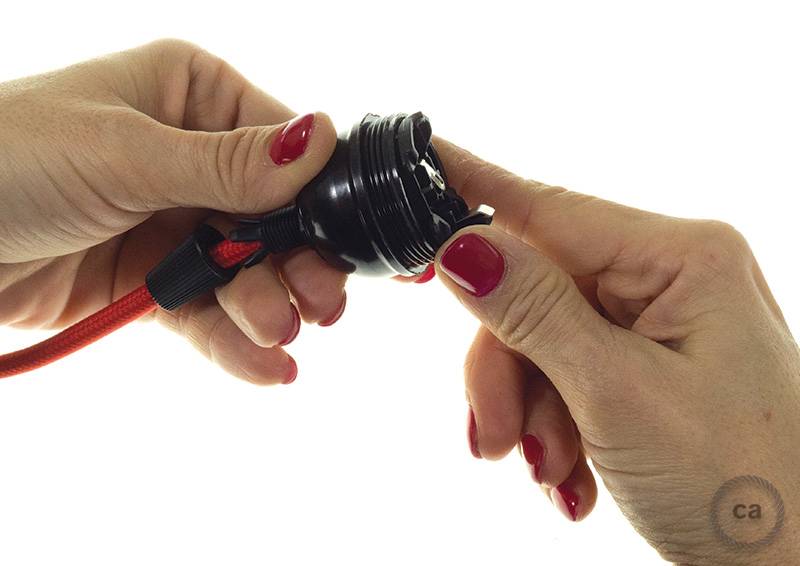
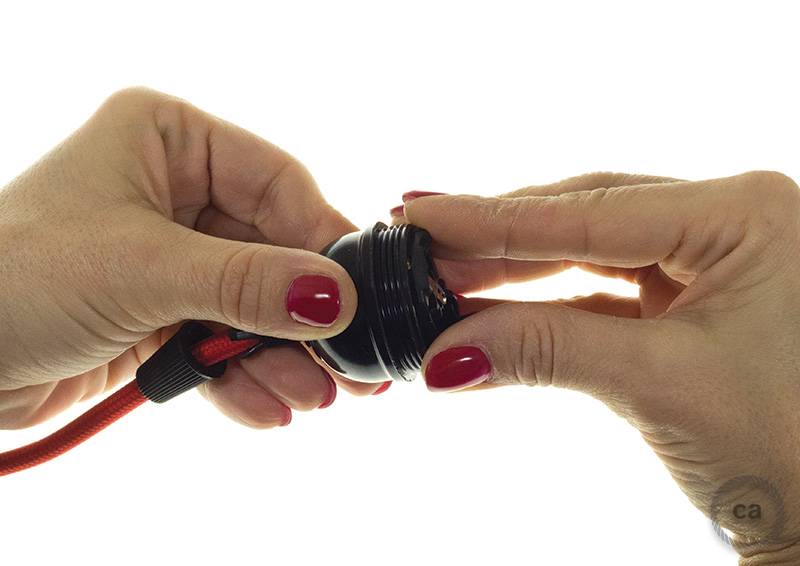
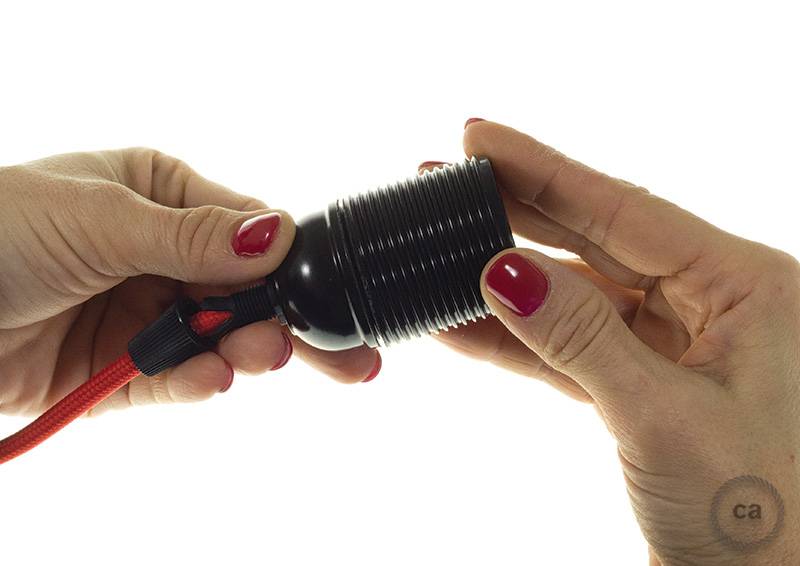



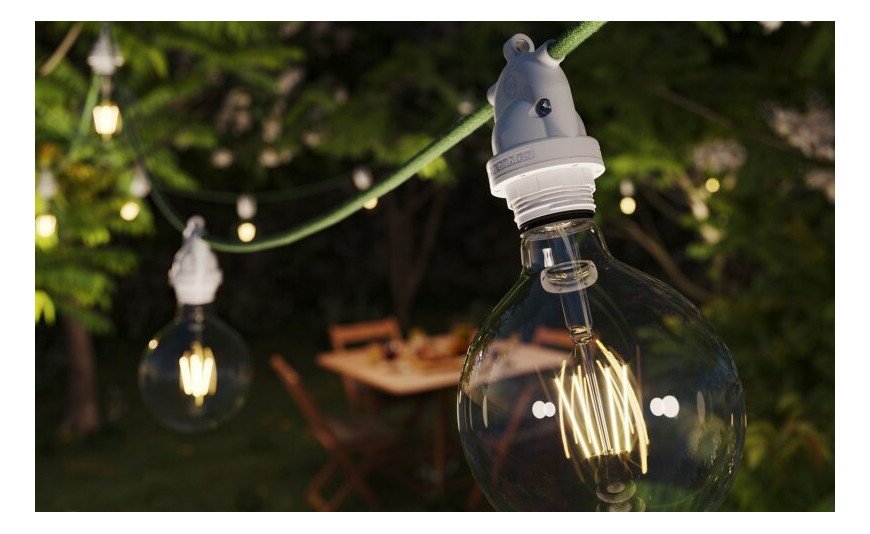
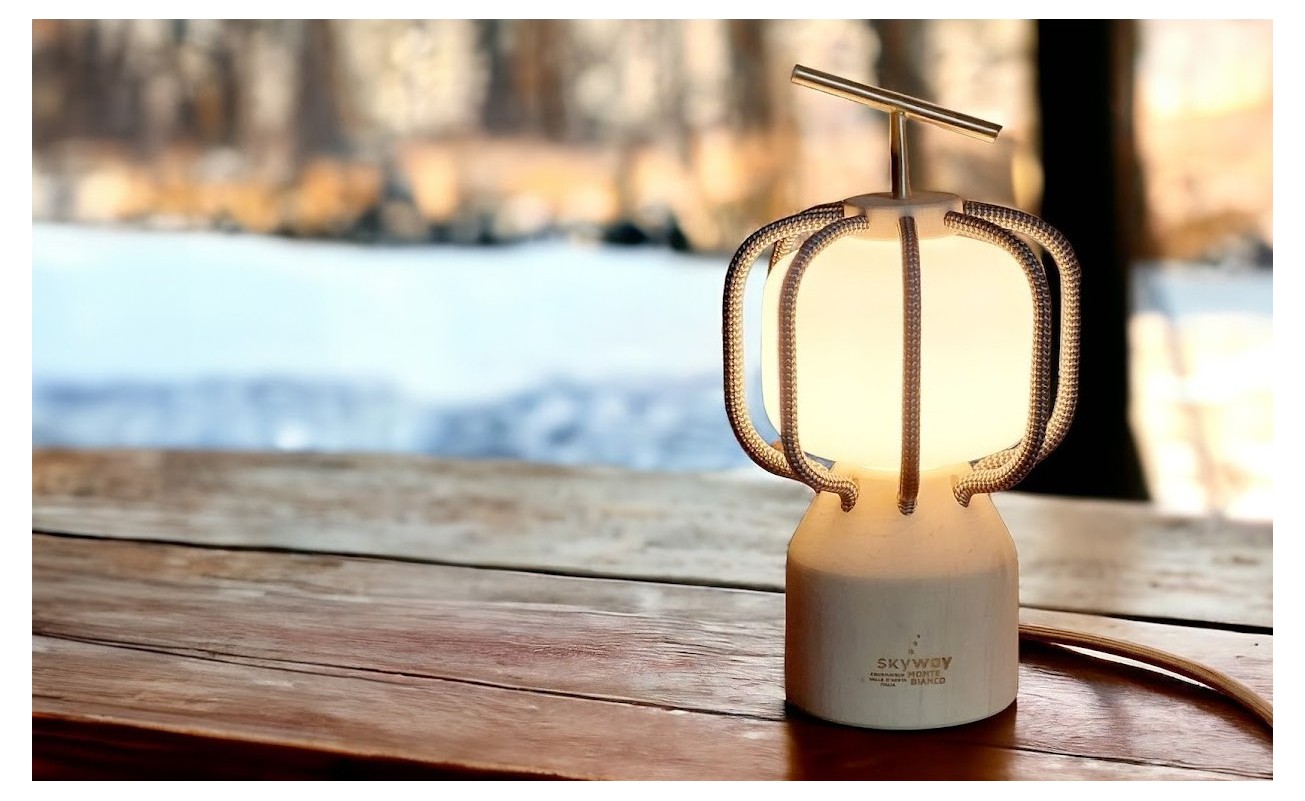
0 Comments